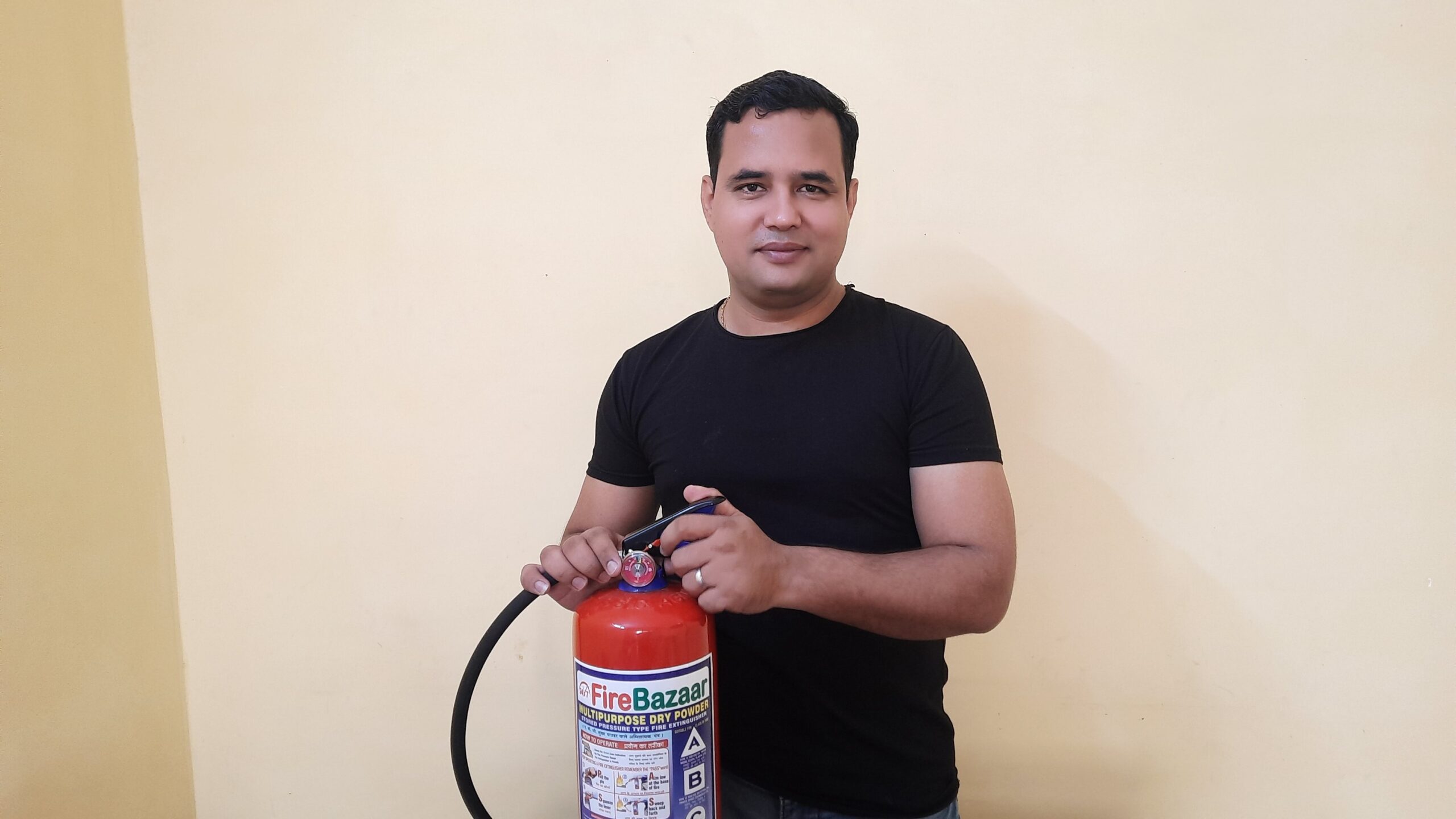
Understanding the Importance of Fire Extinguishers
Fire Extinguishers: Types and Uses
Before delving into the different types of fire extinguishers, it is crucial to recognize their significance in fire safety. Fire extinguishers act as first responders in case of a fire outbreak, providing individuals with the means to quickly suppress flames and prevent the fire from spreading. They are vital tools that can save lives and protect property.
Types of Fire Extinguishers
Fire extinguishers come in various types, each specifically designed to combat different types of fires. The classification of fire extinguishers is based on the type of fire they are effective against. The common types include:
1. Water Fire Extinguishers (Class A)
Water fire extinguishers are suitable for fires involving ordinary combustible materials such as wood, paper, and fabric. They work by cooling the fire and reducing its temperature. However, it is essential to note that water extinguishers should not be used on electrical or flammable liquid fires, as they can exacerbate the situation and cause harm.
2. Foam Fire Extinguishers (Class A and B)
Foam fire extinguishers are effective against fires involving flammable liquids, such as gasoline, oil, and solvents. The foam creates a barrier, preventing the release of flammable vapors and extinguishing the fire. These extinguishers are also suitable for Class A fires involving ordinary combustible materials.
3. Carbon Dioxide (CO2) Fire Extinguishers (Class B and C)
CO2 fire extinguishers are specifically designed for electrical fires and fires involving flammable liquids, such as gasoline, oil, and solvents. The CO2 gas displaces the oxygen around the fire, suffocating it and extinguishing the flames. It is important to remember that CO2 extinguishers should not be used in confined spaces without proper ventilation, as they can displace oxygen and pose a risk to individuals.
4. Dry Chemical Fire Extinguishers (Class A, B, and C)
Dry chemical fire extinguishers are versatile and can be used on a wide range of fires. They are effective against fires involving ordinary combustible materials, flammable liquids, and electrical equipment. Dry chemical extinguishers work by interrupting the chemical reaction of the fire, thus extinguishing the flames. However, they may leave behind a residue that requires cleanup after use.
5. Wet Chemical Fire Extinguishers (Class A, B, and F)
Wet chemical fire extinguishers are primarily used in commercial kitchens and are effective against fires involving cooking oils and fats. The wet chemical creates a soapy foam layer on the surface of the burning oil, cooling it and preventing re-ignition. These extinguishers also work on Class A and B fires.
Proper Use of Fire Extinguishers
Having a fire extinguisher on hand is not enough; knowing how to use it correctly is equally important. Remember the following steps also know as PASS Method when operating a fire extinguisher:
- Pull the pin: This unlocks the operating lever and allows you to discharge the extinguisher.
- Aim low: Point the extinguisher nozzle at the base of the fire to attack the source.
- Squeeze the lever: This releases the extinguishing agent.
- Sweep from side to side: Move the extinguisher back and forth, covering the entire fire area until the flames are extinguished.
Always prioritize personal safety and evacuate the area if the fire becomes uncontrollable or poses a risk to yourself or others. Contact the fire department immediately, even if you have successfully extinguished the fire.
Welcome to Vijay Dahiya.com
You are Visitor No: 10000

